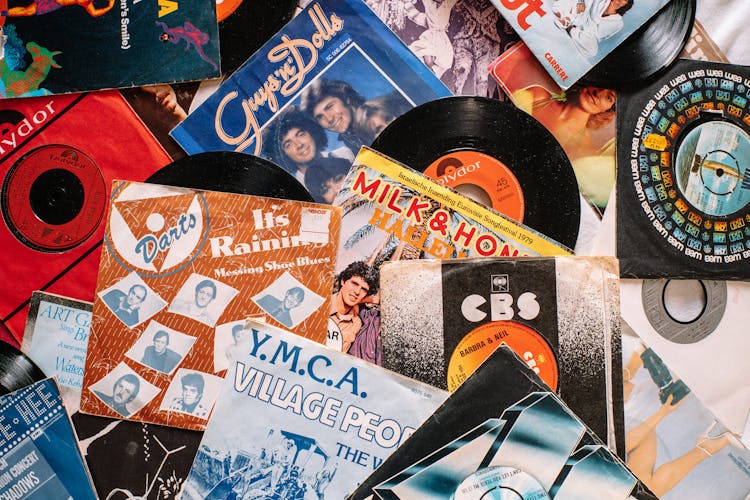All Categories
Featured
Table of Contents
The ancient principle of Yin and Yang forms a fundamental aspect of Feng Shui, emphasizing the importance of balance and harmony. In creating a creative workspace, aligning these forces offers a serene yet dynamic environment conducive to innovation. Yin (the feminine, dark, and cool aspect) can be translated into design through the use of soft lighting, flowing forms, and muted colors, while Yang (the masculine, bright, and warm aspect) might manifest through the use of vibrant color accents and angular, defined forms to inspire activity and energy.
When considering the overall layout of a workspace, striving for a balance that fosters both contemplation and active creation is key. This could mean arranging the workspace so it receives adequate natural light – a potent yang element – while also providing areas of shadow and retreat, embracing the yin.
How the Bagua Map Influences Creative Environments
The Bagua Map is a Feng Shui tool that is instrumental in planning the spatial arrangement in environments to enhance various aspects of one’s life. In the context of a creative workspace, the Bagua Map can direct the placement of objects, furniture, and even color schemes to optimize the flow of Chi. Certain areas of the Bagua are associated with different aspects of life, such as knowledge, career, and personal growth, all relevant to a productivity-enhancing workspace.
Knowing where each area falls in your workspace allows you to enhance the corresponding energies. For instance, the creative and prosperity zones can be activated with elements like plants (wood element) or mirrors (water element). Conversely, enhancing the knowledge sector with books or symbols that represent wisdom and learning can boost focus and insight.
Effective Strategies for Decluttering and Organizing
The principles of Feng Shui stress the importance of decluttering, which not only clears physical space but also frees up mental capacity. Clutter is a significant blocker of Chi, creating stagnation and reducing productivity. By organizing an area, you create room for new ideas and projects to flourish.
To effectively declutter, one should consider adopting systematic approaches such as categorization of items, habitual cleaning schedules, and thoughtful storage solutions. These actions help maintain a clear and ordered space that nurtures creativity. Key elements like open pathways and airy environments should be prioritized, which allows Chi to circulate freely, enhancing the vibrancy of the workspace.
Designing Creative Workspaces with Feng Shui for Better Output
Designing a workspace with Feng Shui involves more than aesthetics; it's about creating a functional environment tailored to fostering creativity and productivity. The orientation of key elements, such as desks and bookshelves, plays a vital role. Desks should face entryways but not align directly with them to avoid energy flowing too directly at the individual.
Ensuring that your back is supported by a solid wall is crucial for stability and support, metaphorically and physically. Similarly, the arrangement of technological devices, files, and other office essentials should promote ease of use and reduce unnecessary stress or distraction.
By introducing elements that resonate with the Feng Shui principles you can bring not just functionality but also a sense of calm and efficiency to your creative workspace.
How does Feng Shui enhance creativity in a workspace?
What are the best colors for a creative workspace as per Feng Shui?

Most Shared
Latest Posts
The Growth Mindset Revolution: Unleashing Your True Potential
How to Pack Books Like a Pro
The Unique World of Ice Planet 2002